In the rapidly evolving world of blockchain technology, there’s a constant buzz around new platforms promising to solve the trilemma of scalability, security, and decentralization. Among the standout names, Solana has been garnering significant attention for its unique approach and robust features. This guide is designed to take you through everything you need to know about Solana, from its underlying technology to how you can get involved in its ecosystem.
What is Solana Blockchain?
Solana represents a groundbreaking advancement in blockchain technology, meticulously designed to facilitate high-speed transactions without compromising on security or decentralization. This innovative approach positions Solana as a compelling alternative to the older, more established blockchains, heralding a new and exciting era for developers eager to create scalable applications that can accommodate the demands of modern users.
Definition of Solana Blockchain
Solana is a cutting-edge, high-performance blockchain that empowers builders across the globe to develop crypto applications that can scale effectively in today’s digital age. What sets Solana apart is its unparalleled throughput and rapid confirmation times, making it an attractive platform for applications requiring quick transaction processing.
The Emergence and Growth of Solana
The Solana Foundation clearly articulates its mission to support the widespread adoption of Solana and highlights the platform’s significant growth since its launch in 2020. The meteoric rise of Solana can largely be attributed to its innovative consensus mechanism, which has not only captivated the interest of developers but also drawn the attention of investors looking for the next big thing in blockchain technology.
The Technology Behind Solana
Solana introduces a suite of revolutionary technologies that collectively enhance the performance and efficiency of the blockchain. Among these, the Proof of History (PoH) stands out as a game-changer. PoH acts as a decentralized clock, enabling a more efficient transaction validation process by creating a historical record of transactions that proves their occurrence and order. This breakthrough significantly reduces the time needed for consensus among nodes, thereby increasing the overall throughput of the blockchain.
By addressing the common bottlenecks associated with traditional blockchains, such as scalability and transaction speed, Solana paves the way for a new generation of decentralized applications. Its robust infrastructure and innovative features make it an ideal platform for developers looking to push the boundaries of what’s possible in the realm of blockchain technology.
Key Features of Solana Blockchain
Solana’s innovative architecture introduces groundbreaking capabilities to the blockchain realm, characterized by several key features that set it apart from traditional platforms:
- High Performance: One of the standout features of Solana is its ability to handle up to 65,000 transactions per second, supported by incredibly quick 400ms block times. This makes it one of the fastest blockchains available, offering unparalleled speed that can accommodate the needs of high-volume applications.
- Low Transaction Costs: In addition to its high-speed transactions, Solana is known for maintaining minimal transaction costs. Users can perform transactions on Solana for just a fraction of a cent, making it an economically viable option for both developers and users looking to execute a high number of transactions without incurring significant fees.
- Scalability: Solana stands out in the blockchain space for its scalability. Unlike traditional blockchains, which often become slower and more expensive to use as they grow, Solana’s unique architecture allows its performance to actually improve with scale. This scalability ensures that Solana can accommodate growing demand without compromising on speed or cost, making it an attractive platform for a wide range of applications.
Solana’s Ecosystem
The Solana ecosystem is burgeoning with various projects, from DeFi platforms and NFT marketplaces to gaming applications. This section could explore some of the standout projects proving the versatility of Solana. A few examples are:
- Serum: Serum is a decentralized exchange built on Solana, offering fast and inexpensive trading for various assets.
- Raydium: Raydium is an automated market maker (AMM) that enables users to trade liquidity providers’ tokens. It also allows cross-chain swaps using Solana-based stablecoins.
- Saber Labs: Saber Labs is a cross-chain stablecoin exchange built on Solana, allowing users to swap stablecoins between different blockchains.
With the continued growth of the Solana ecosystem and its impressive features, it’s clear that this platform has a bright future ahead. Whether you’re a developer looking for an innovative blockchain platform or an investor searching for the next big thing in crypto, Solana is definitely worth keeping an eye on.
Comparing Solana to Other Blockchains
In the rapidly evolving and highly competitive world of blockchain technology, making informed comparisons between Solana and other established or emerging blockchain platforms is crucial for understanding the landscape.
Solana vs. Ethereum
Ethereum, ranking as the second-largest blockchain platform in terms of market capitalization, faces significant challenges related to high transaction fees and a relatively lower throughput compared to some of its competitors. This has been a point of contention for developers and users alike, seeking more cost-effective and efficient alternatives. Solana emerges as a strong contender in this arena by introducing Proof of History (PoH) and its highly efficient processing capabilities, which directly address these scalability and cost issues, positioning it as a potentially more attractive platform for developers and users seeking faster transactions and lower fees.
Solana vs. Binance Smart Chain
Binance Smart Chain (BSC) represents another key player in the blockchain space, known for its low-cost transactions and high throughput capabilities, making it a popular choice for decentralized applications. However, Solana distinguishes itself with its unique consensus mechanisms, which not only offer the benefits of high throughput and low cost but also provide a level of development flexibility and security that sets it apart. Solana’s innovative approach to consensus, combining Proof of History (PoH) with Proof of Stake (PoS), offers developers a more robust and flexible platform for building complex, secure, and highly scalable applications, potentially outperforming Binance Smart Chain in terms of overall value proposition to both developers and end-users.
How to Use Solana
Getting Started with Solana Wallets
To effectively interact with the Solana blockchain, securing a reliable wallet is paramount. Among the plethora of options available, Phantom and SolFlare stand out due to their robust security measures and seamless user experiences. These wallets not only allow you to store your SOL tokens securely but also facilitate easy transactions on the Solana network.
Staking SOL Tokens
Staking your SOL tokens is not merely a method to participate in the network; it’s a rewarding opportunity to contribute to its security and efficiency while earning rewards. This comprehensive guide aims to provide you with a detailed, step-by-step tutorial on how to stake your SOL tokens effectively using popular wallets. By following these instructions, you can maximize your participation and potentially increase your holdings through staking rewards.
Participating in the Solana Ecosystem
The Solana ecosystem offers a rich tapestry of opportunities for developers and enthusiasts alike. Whether you’re interested in building your first decentralized application (dApp) on Solana or exploring the vast array of decentralized finance (DeFi) platforms and non-fungible token (NFT) marketplaces, there’s something for everyone. Engaging with the Solana ecosystem allows developers to push the boundaries of what’s possible in blockchain technology, contributing to a more decentralized, efficient, and user-centric web.
FAQ – What is Solana Blockchain?
How does Solana achieve its high transaction speed and low cost?
Solana’s hybrid consensus mechanism combines PoH with Proof of Stake (PoS), offering unparalleled speed and efficiency.
What is Proof of History, and how does it work?
Proof of History is a sequence of computation that provides a way to cryptographically verify the passage of time between two events. It enables more efficient processing of transactions and smart contracts.
Can Ethereum DApps be ported to Solana?
Yes, thanks to tools like Solana’s Wormhole, developers can port Ethereum DApps to Solana effortlessly, taking advantage of lower costs and higher transaction speeds.
What are the security measures in place for Solana?
Solana’s PoS mechanism, coupled with its Tower BFT consensus algorithm, ensures network security while maintaining high throughput.
How can I start developing on Solana?
Check out Solana’s official documentation for developers. It contains tutorials, tooling, and resources to get you started on your Solana development journey.
What are the main criticisms or challenges facing Solana?
Like any technology, Solana faces scrutiny, especially regarding its centralization aspects and past network downtimes. However, continuous developments and updates are being made to address these challenges.
Solana blockchain stands at the forefront of the next generation of blockchain platforms, offering solutions that could redefine the landscape for developers and users alike. With its innovative consensus mechanism, low transaction costs, and high throughput, Solana represents a significant leap forward in making blockchain technology more accessible and usable for a wider range of applications. Whether you’re a developer looking to build cutting-edge applications or an investor seeking to participate in a vibrant new ecosystem, Solana offers a compelling proposition.
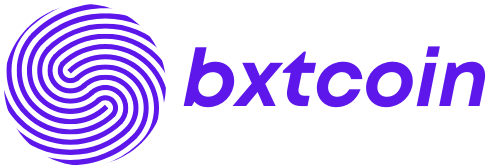
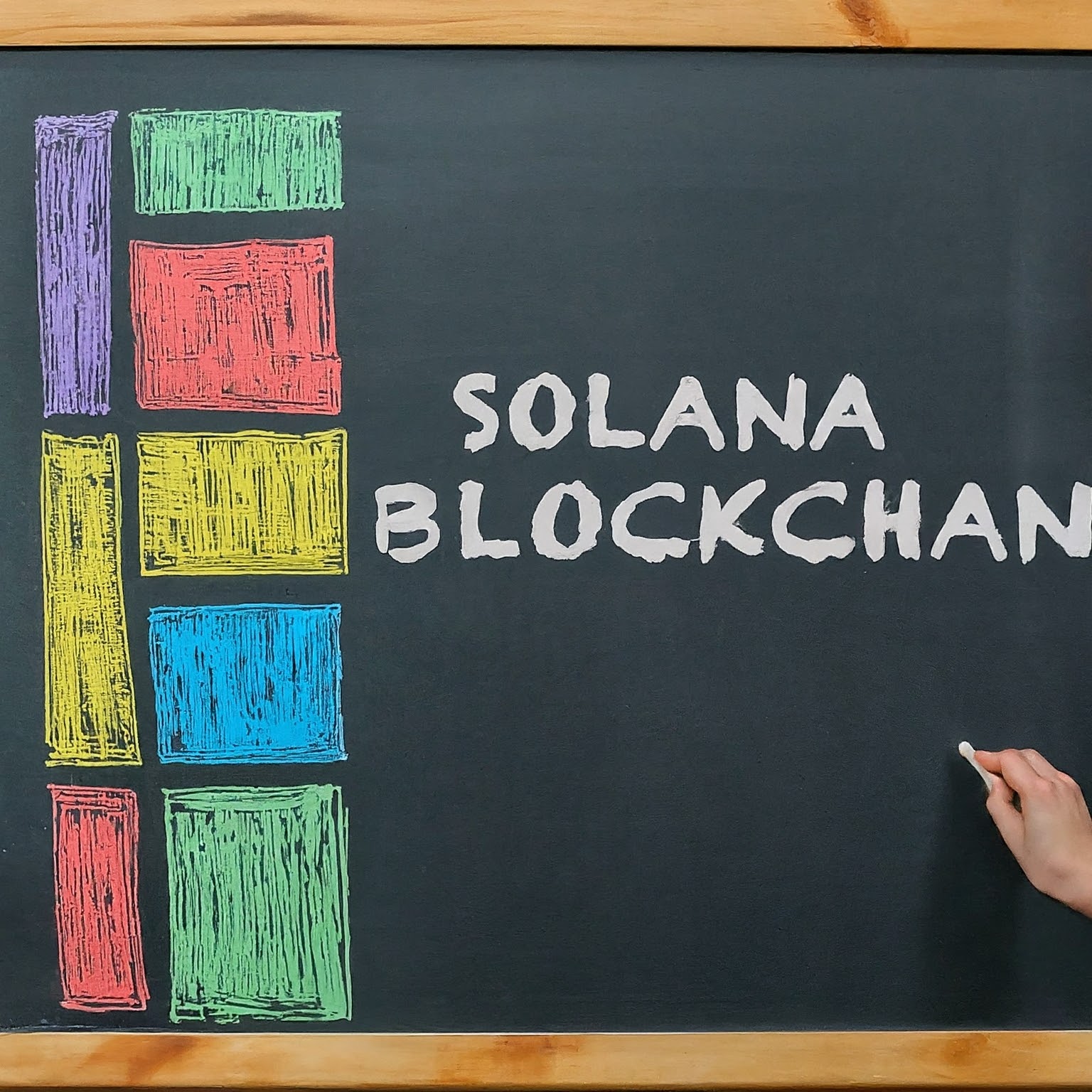
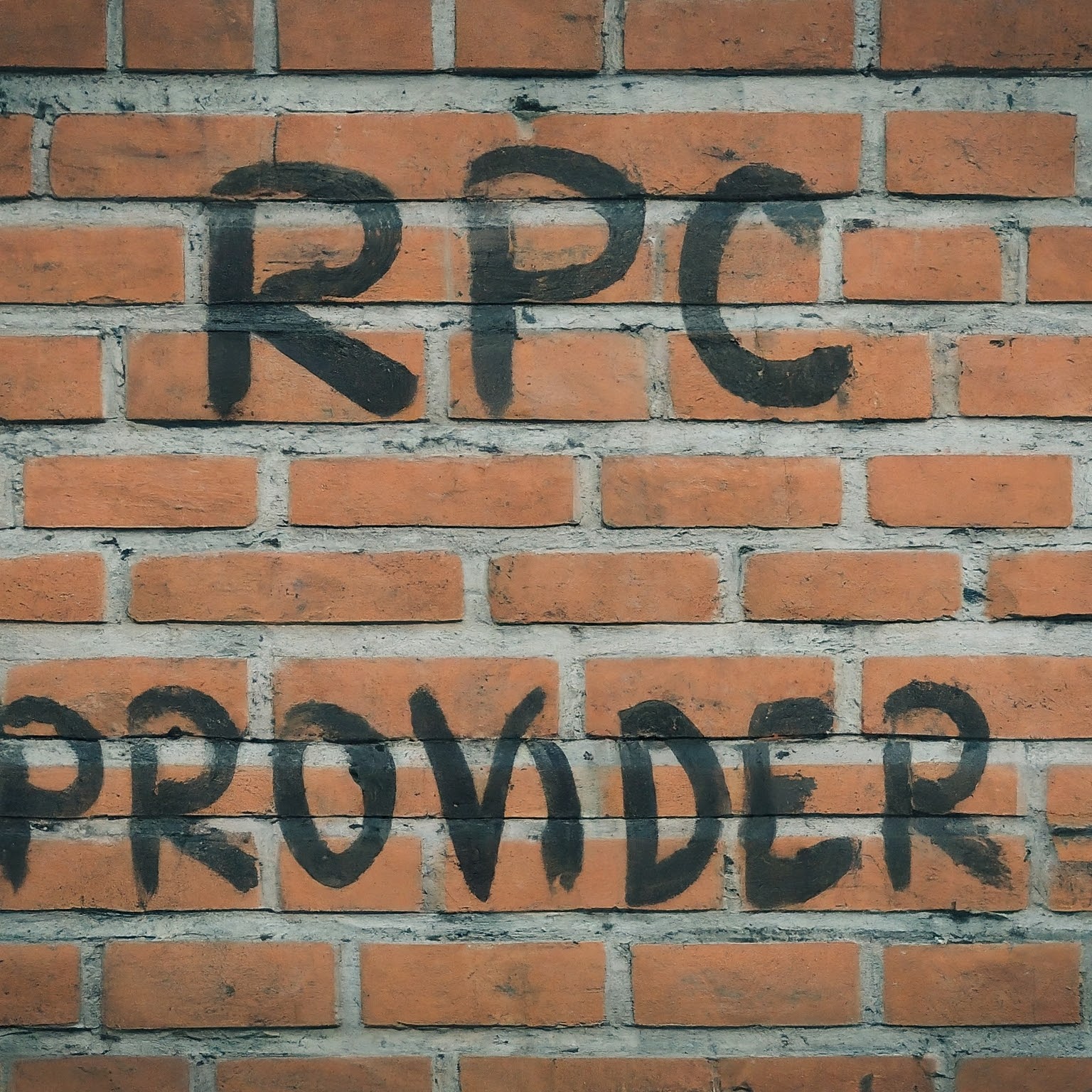
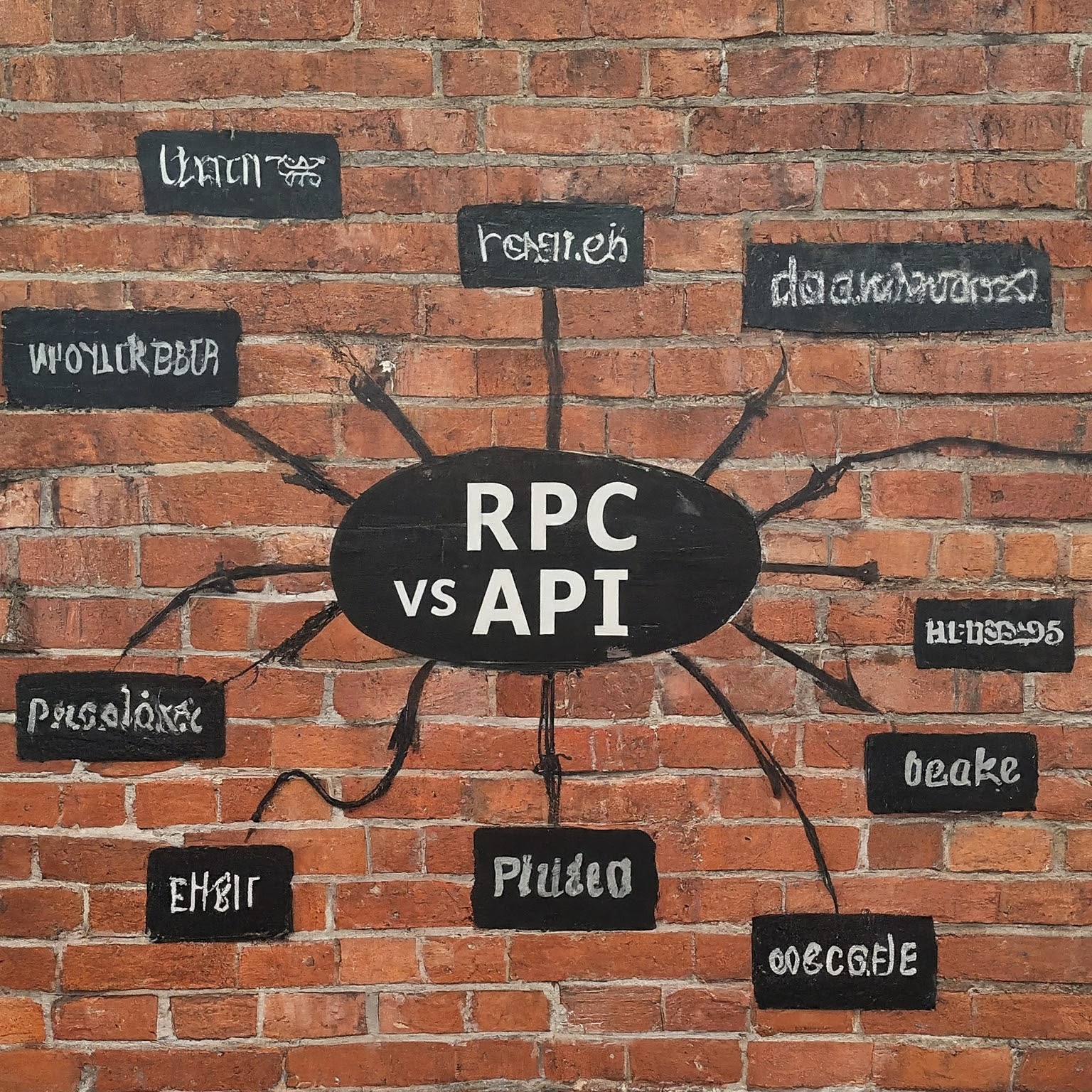
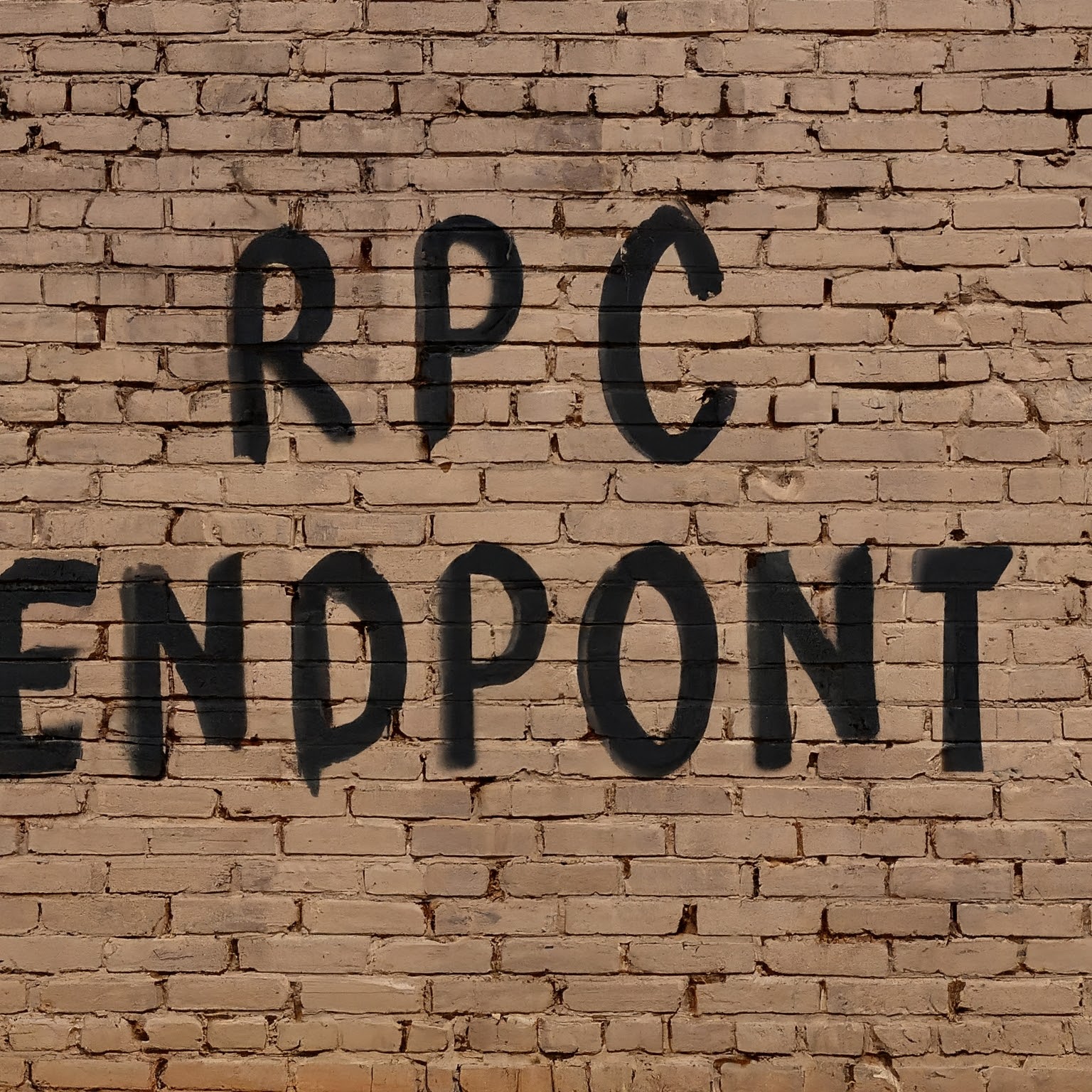

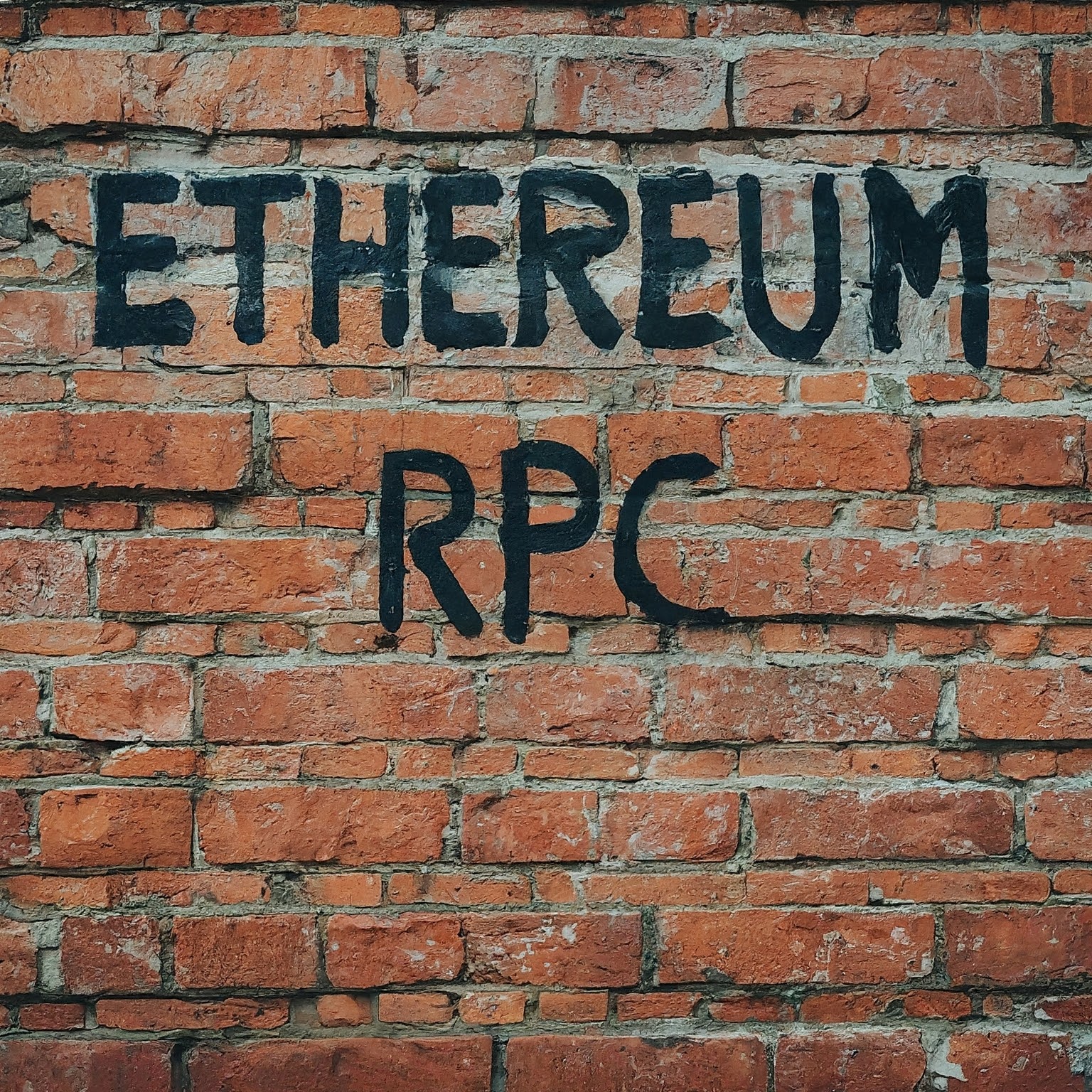
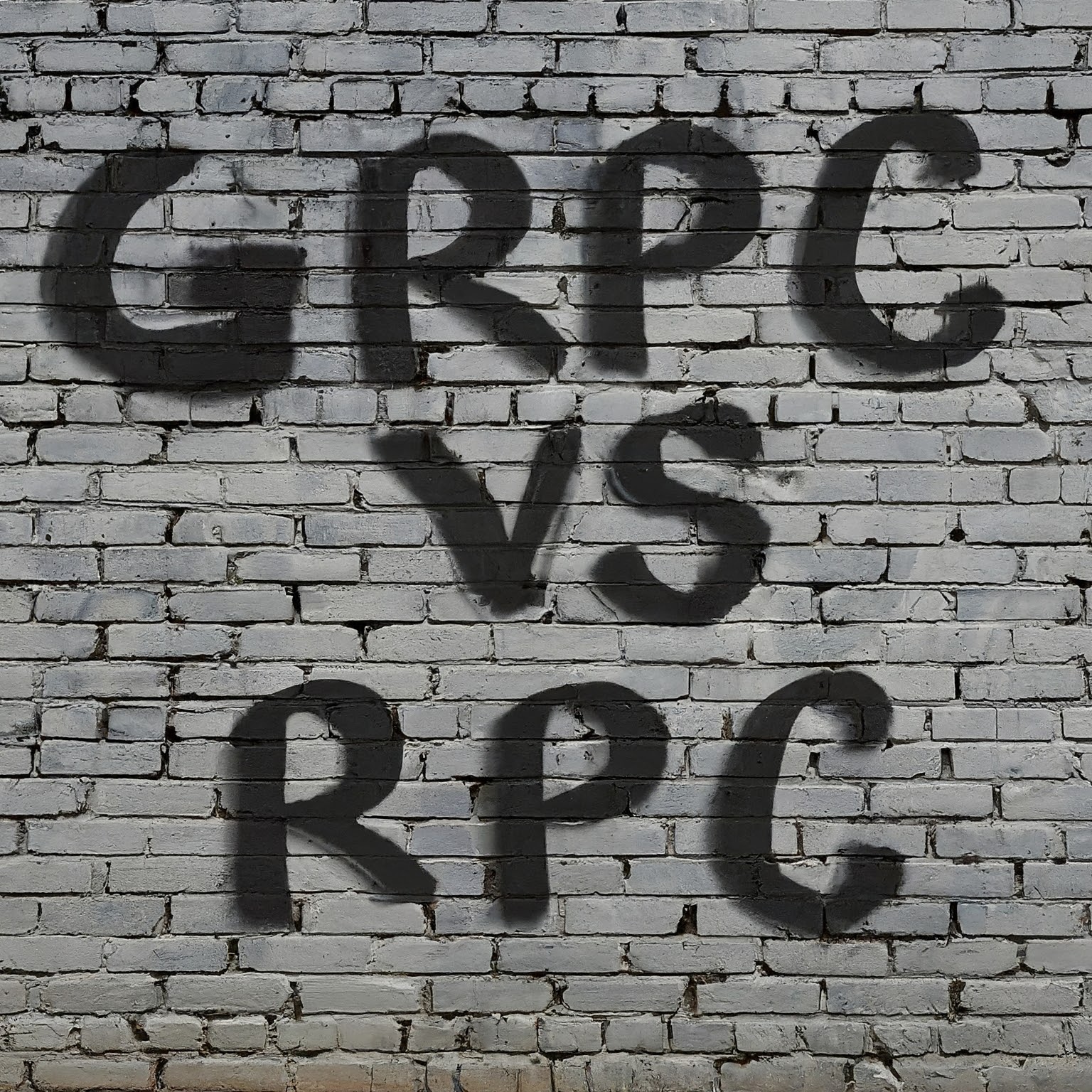
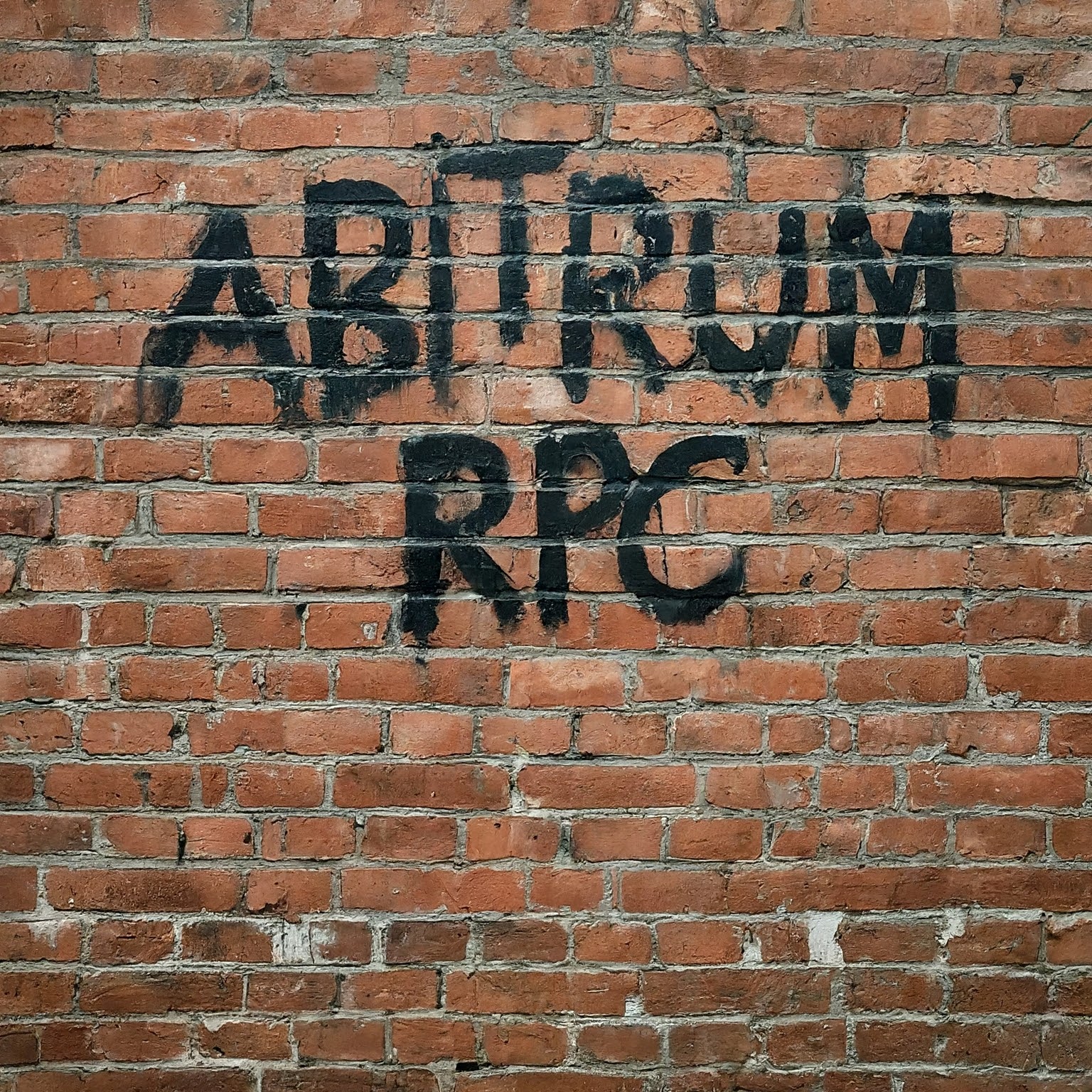

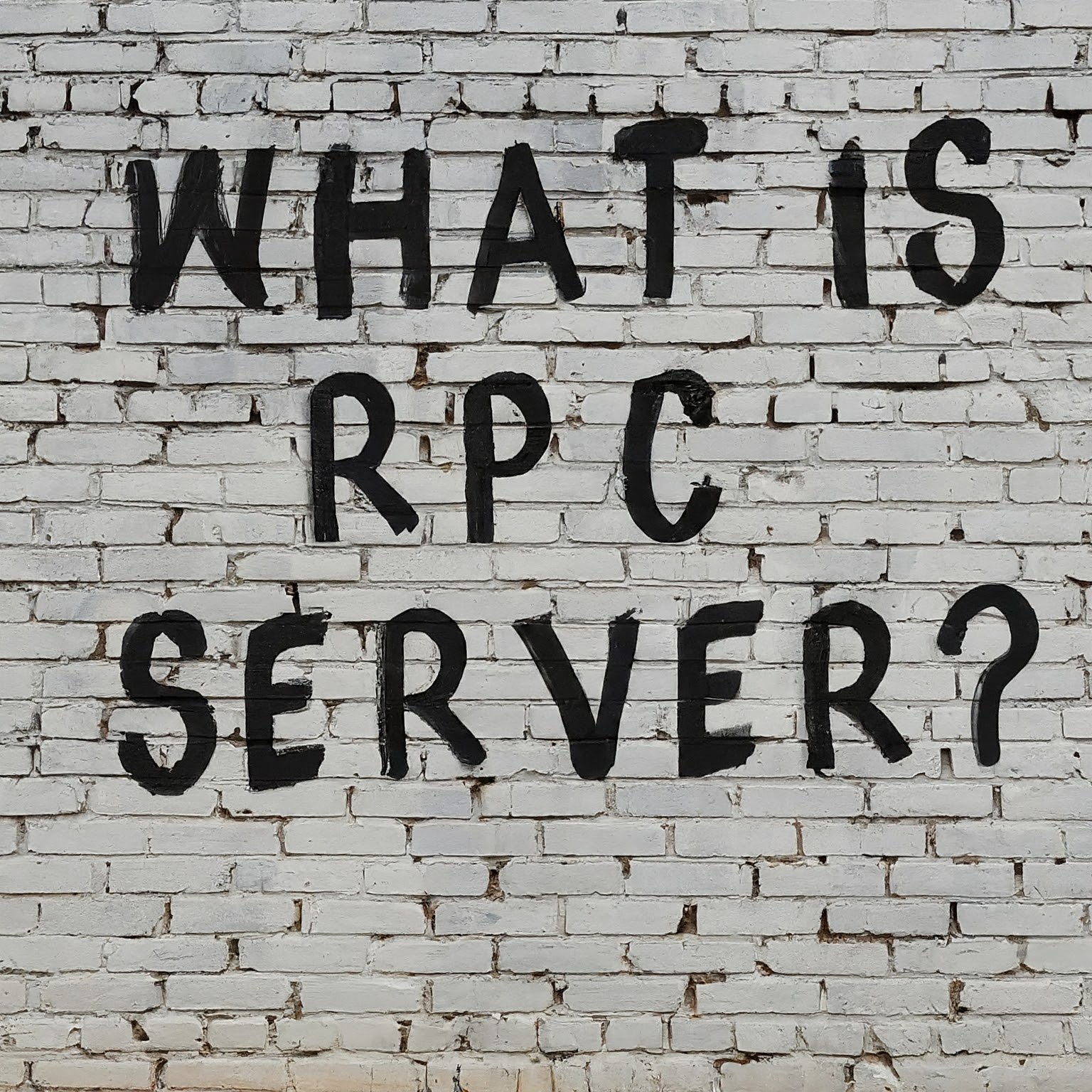

Leave a Reply
You must be logged in to post a comment.